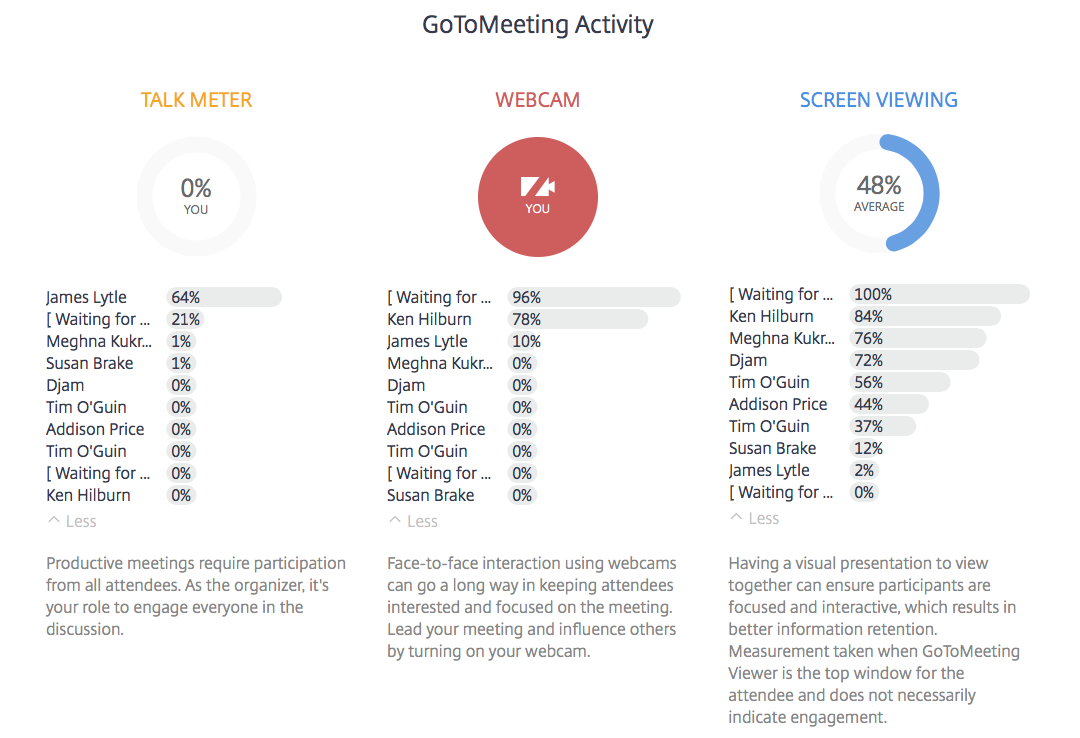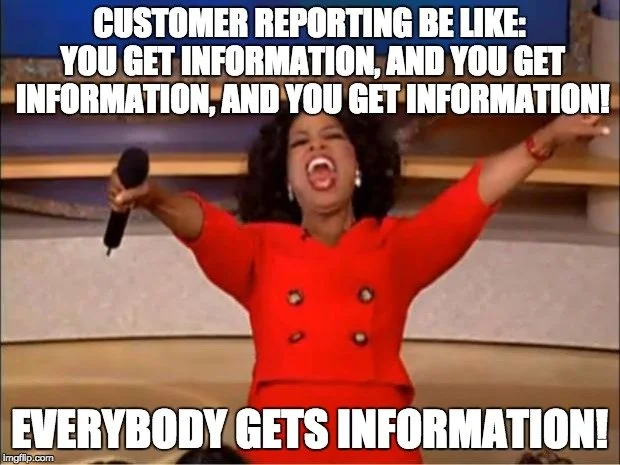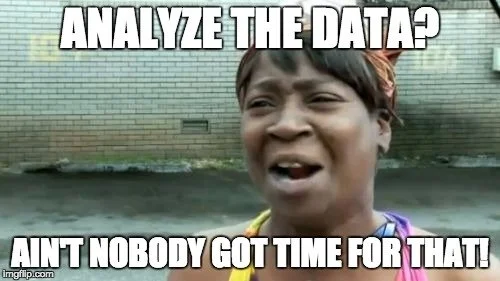10 Differences between Customer Reporting and Data Products
We’ve been talking a lot about how innovative companies are realizing the need to enhance their solutions with more customer-facing data products. For example, GoToMeeting launched a new feature called “Insights” where they send you engagement summary information from your meetings. Here is one from a recent Juice Lunch & Learn:
DJ Patil (U.S. Chief Data Scientist) defines data products as "a product that facilitates an end goal through the use of data.” I’ve described data products as turning analytics inside-out to deliver value to your customers. But the question we most often get is: How are data products different from the customer reporting we already provide?
Here are ten important differences between customer reporting and data products:
1. Instead of summarizing data, solve a problem. Most reporting simply regurgitates data in a semi-aggregated format. A data product starts with customer’s pain points and asks how data can bring insight and better decisions.
2. Instead of starting from the data, start from the customer. Report writers will often look at the data available to them and ask "How can we deliver all this information?" That’s what gets you to self-service analytics tools sitting on top of data. Not good. Data products need to start by asking how you can make your customers smarter and more effective in their job.
3. Instead of stopping at showing the data, guide users to specific actions. Customer reporting may be satisfied with making data accessible. Data products need to do more — they need to move people to take action. Start from the end point: what kinds of things do you want your users to do? How will you give them the right information?
4. Instead of focusing on metric values, deliver context for decisions. Key metrics are only as good as the context you put around them. Data products wrap context around metrics with goals, benchmarks, comparison, and trends. Then your users will know how they should react to the numbers they are seeing.
5. Instead of passive objectivity, bake-in best practices, predictive models, and/or recommendations. “Let the data speak for itself” — that’s like a chef saying: let the diners enjoy the raw ingredients. Bring your expertise to the data product. Your customer knows their pain — but you know the data and what can be done with it.
6. Instead of trying to show more data, reduced to only the data needed. When it comes to presenting information, more data is seldom better. Customer reporting only expands — into dozens of dashboards or reports. Data products should strive for less.
7. Instead of putting the burden on users to figure it out, strive to reduce burden. Customer reporting tosses responsibility to the customer, effectively saying "you figure out what’s important to you.” Data products recognize that few people inherently enjoy messing with data; most people just want to be better at what they do. The data can facilitate that goal.
8. Instead of being designed for analysts, data products are designed for decision makers. Many customer reporting solutions assume the end-user wants to dig in and analyze the data. Data products are for a different audience: front-line decision-makers. These people are busy with their regular job and have little interest in learning something new.
9. Instead of “show me the data”, strive to make the data invisible. The best data products of the future will make the data invisible. Consider how Google Search tries to predict your need and point you to the best answer at the top of your search results. Google wants to hide the data (search results) and jump straight to the answer.
10. Instead of a cost-center for your business, become a profit center and differentiator. Customer reporting is considered a necessary evil for many companies. For example, we’ve had dozens of conversations with advertising agencies who feel compelled to provide reporting, but clearly don’t relish the task. In contrast, companies that view their customer data as an asset recognize that they can create new revenue streams.
That’s where Juicebox comes in — it is the quickest, best path to turn your data into differentiated, revenue-generating data products.











